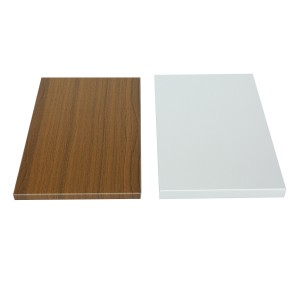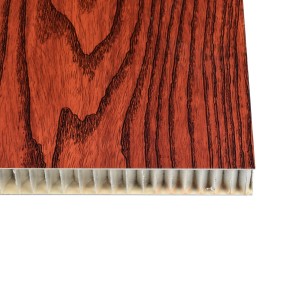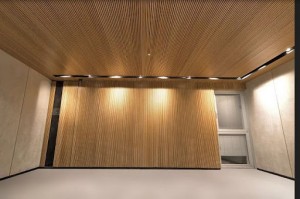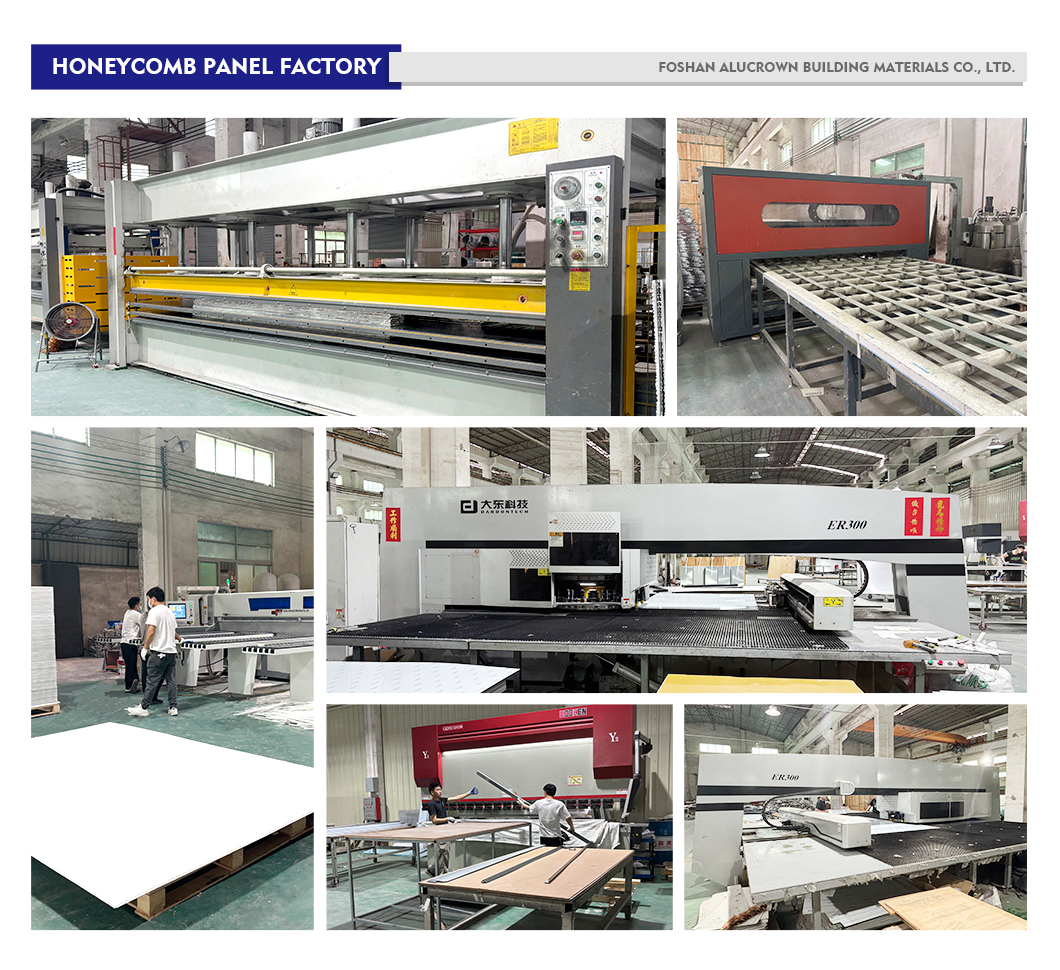In modern architecture and industrial design, aluminum honeycomb panels have emerged as a game-changing material. Originally developed for aerospace applications, these innovative panels now revolutionize industries ranging from construction to transportation. Their unique combination of lightweight properties, exceptional strength, and sustainability makes them increasingly popular among architects, engineers, and manufacturers worldwide.
1. What Makes Aluminum Honeycomb Panels Unique?
Aluminum honeycomb panels feature a sandwich structure: two thin aluminum sheets bonded to a hexagonal aluminum core. This design mimics natural honeycombs, offering:
Ultra-light weight (up to 80% lighter than solid aluminum or steel)
High compressive and shear strength
Excellent thermal and acoustic insulation
Superior corrosion and fire resistance
2. Key Applications Across Industries
Aerospace & Aviation
Aircraft interiors (ceilings, flooring, partitions)
Spacecraft components
Why? Reduces weight → improves fuel efficiency
Architecture & Construction
Building façades and cladding
Interior wall systems
Modular construction elements
Why? Combines durability with design flexibility
Transportation
High-speed train interiors
Marine vessel components
Electric vehicle battery enclosures
Why? Lightweight yet impact-resistant
Renewable Energy
Solar panel backing
Wind turbine components
Why? Weather-resistant and durable
3. Sustainability Advantages
As global industries push for greener solutions, aluminum honeycomb panels stand out for their eco-friendly properties:
100% recyclable without quality loss
Lower carbon footprint than steel or concrete
Energy-efficient production compared to alternatives
Long lifespan reduces replacement needs
Case Study: The Bullitt Center in Seattle (dubbed “the greenest commercial building in the world”) incorporated aluminum honeycomb panels to achieve its sustainability goals.
4. Latest Technological Advancements
Recent innovations are expanding possibilities:
Hybrid composites (e.g., carbon fiber-aluminum combinations)
Smart panels with integrated sensors for structural health monitoring
3D-printed honeycomb cores for custom applications
Fire-resistant coatings meeting strict safety standards
5. Cost-Benefit Analysis
While initial costs may be higher than some traditional materials, aluminum honeycomb panels offer long-term savings:
Reduced transportation/installation costs (lighter weight)
Lower maintenance requirements
Energy savings from improved insulation
Extended lifespan minimizes replacements
Post time: Jul-15-2025





